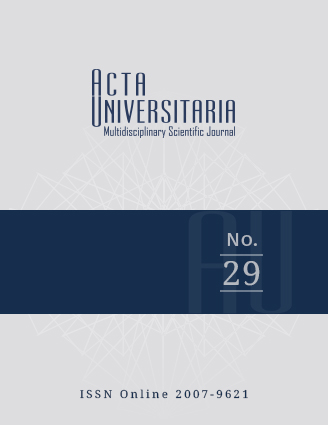The backyard egg: physical characteristics and performance in artificial incubation tests
Published 2019-10-30
How to Cite
Abstract
The backyard egg is small in comparison with the incubating egg. The objective was to incubate backyard eggs to know physical characteristics and performance in artificial incubation tests. 1129 eggs were incubated: 1002 creole hens’ eggs, 68 araucana hens’ eggs and 59 turkeys’ eggs. The evaluated variables were weight, longitudinal axis, maximum polar diameter, equatorial diameter, polar minimum diameter, shape index, broken shell or dirty shell, fertility, hatchability, and total early, intermediate, and late embryonic mortality. The turkey egg had greater weight, length, maximum polar diameter, equatorial diameter, minimum polar diameter and fertility (p < 0.05). They also had a lower rate of form than the eggs of the creole and araucanian hens (p < 0.05). The araucanian chicken egg showed greater hatchability and lower total embryonic mortality (p < 0.05). The characteristics and performance of the creole egg are different from the incubable egg; therefore, the criteria of uniformity and commercial incubation are not, precisely, suitable for incubation.

